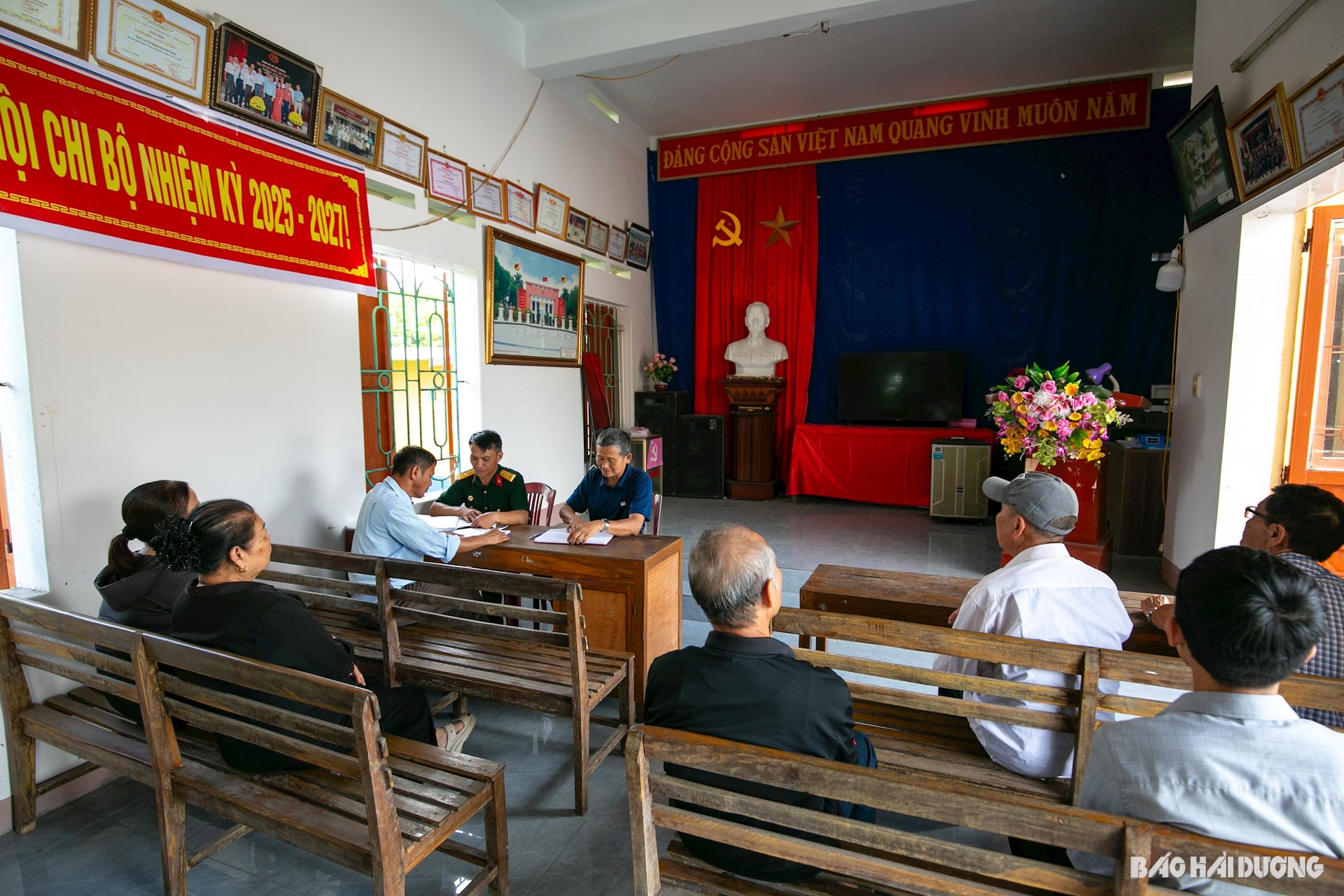
Convenient
The transformation is taking place quietly but is changing the way villagers discuss common matters and maintain village customs in the age of technology.
In the late afternoon, in the yard of the village 3 cultural house, Tan Huong commune (Ninh Giang), there are a few elderly people sitting and chatting under a tree. There is no longer the sound of loudspeakers echoing throughout the village, calling people to the cultural house for meetings, nor is there the scene of adults arranging chairs and children playing around the "village meeting mat" like before.
Not far from the cultural house, Mr. Nguyen Xuan Map (71 years old), sat on the porch, holding his smartphone to read the announcements from the village leaders via the Zalo application. “When there is an announcement, I read it and save it immediately so I don’t forget. Before, I had to go every time I heard the loudspeaker calling for a meeting. Now, I can stay at home and know all the village’s affairs,” Mr. Map said.
Not only the people, but also those who work as “village keepers” like Mr. Bui Van Tu are living between the old and the new. After nearly 20 years as the head of village 3, Tan Huong commune, he still clearly remembers the days when he carried a stack of invitations to each house to send out whenever the village had something to do.
“One day, while I was sending out invitations, it suddenly started to rain, and both me and the invitations got wet. Many families were away, and I had to go back 2-3 times to see them. Every time the village held a meeting, it took a lot of time to prepare and print invitations to distribute,” Mr. Tu said.
Life is different now, in the era of technology explosion, almost every household has a smartphone, meetings are also simple. The whole village has about 1,300 people. The village has set up Zalo groups, Facebook groups. When there is something that needs to be announced, the village leader only needs to spend a little time composing the message and sending it, then the whole village knows.
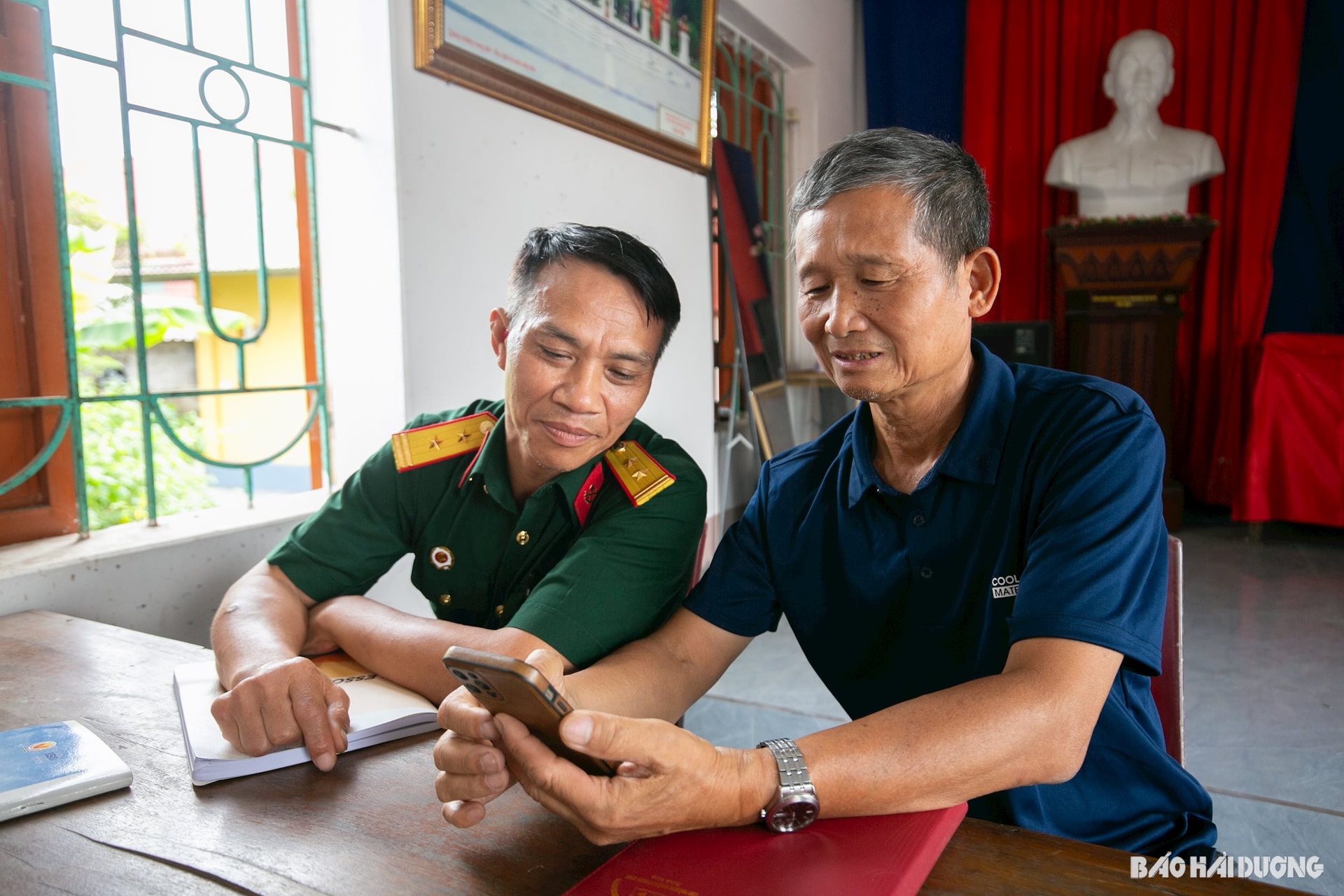
People also access information quickly, know when they have to go to another province, and at the same time, they can respond to any comments on the group.
“But we still have to go to the homes or call the elderly who do not have phones or do not use smartphones. No one should be left out,” Mr. Tu added.
Feelings that are not easy to name
Satisfied with the village’s new information management, Mr. Nguyen Xuan Map’s eyes occasionally flashed with a bit of nostalgia. Perhaps it was the nostalgia for the bustling afternoons when the village cultural house was filled with people, laughter and village and neighborhood stories.
Sharing the same sentiment, Mrs. Ha Thi Kiem (72 years old), former cadre of village 3, Tan Huong commune, slowly said: “In the past, the loudspeaker was hung at the entrance of the village, broadcasting news twice a day, morning and afternoon. The villagers worked and listened at the same time, knowing everything from the loudspeaker.”
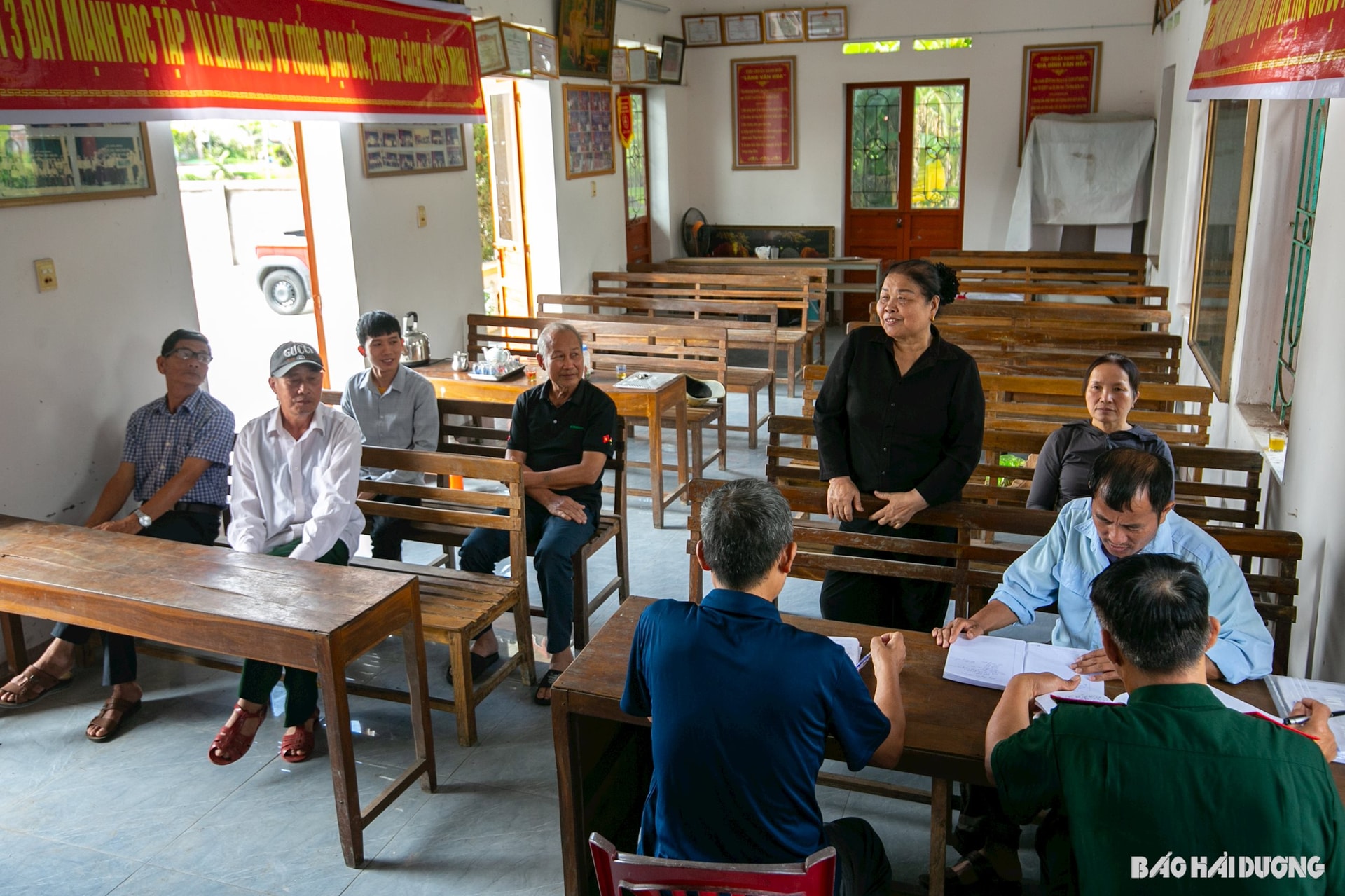
Now that loudspeaker mostly only relays and broadcasts news from the commune radio station... The elderly cannot hear clearly, the young are too busy to notice. News and all the village's operations are now updated via the phone.
Mr. Map, Mrs. Kiem and most of the local households now use their phones to follow information about the village's common work. But what they regret is probably the absence of village meetings, nods, laughter, and warm village and neighborhood sentiments.
Digital technology helps the village work more smoothly, village chief Bui Van Tu admitted. But for big, important matters such as electing village chiefs, preparing for elections, discussing handling violations, etc., direct meetings are still required. “We have to look each other in the eye and analyze the root cause of all parties to resolve the problem in a unified manner, ensuring objectivity and democracy,” Mr. Tu shared.

It is undeniable that social networks bring convenience to community management. Young people can update quickly, people who work far away can still follow the situation at home. For village and residential area leaders, it reduces the time spent printing and distributing invitations. But along with that convenience are emotional low notes when village meetings are no longer crowded, the atmosphere is no longer bustling and lively as before...
Technology may change the way people call each other for meetings, but it cannot replace the neighborly spirit. For villagers, big meetings are not only to discuss common matters, but also an opportunity to get closer and understand each other better.
And no matter how fast the messages are, how concise the meeting invitations are, on every important occasion, the villagers will still return to the communal house yard and cultural house as a deeply ingrained habit.
VAN TUANSource: https://baohaiduong.vn/giam-hop-lang-ron-rang-nhom-mang-412081.html


![[Photo] Prime Minister Pham Minh Chinh receives a bipartisan delegation of US House of Representatives](https://vphoto.vietnam.vn/thumb/1200x675/vietnam/resource/IMAGE/2025/5/28/468e61546b664d3f98dc75f6a3c2c880)



![[Photo] Vietnamese and Hungarian leaders attend the opening of the exhibition by photographer Bozoky Dezso](https://vphoto.vietnam.vn/thumb/1200x675/vietnam/resource/IMAGE/2025/5/28/b478be84f13042aebc74e077c4756e4b)
![[Photo] 12th grade students say goodbye at the closing ceremony, preparing to embark on a new journey](https://vphoto.vietnam.vn/thumb/1200x675/vietnam/resource/IMAGE/2025/5/28/42ac3d300d214e7b8db4a03feeed3f6a)
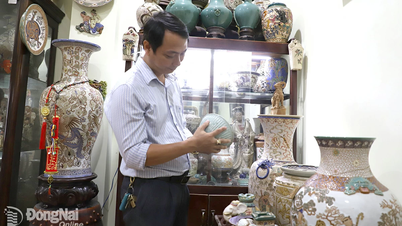






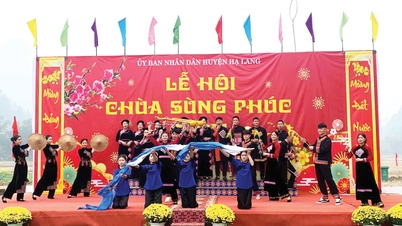




















































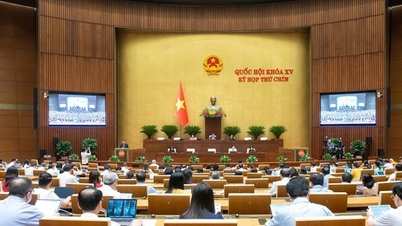








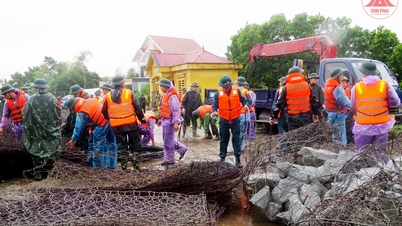

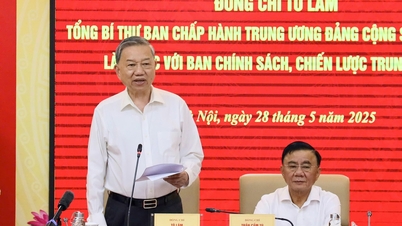











Comment (0)